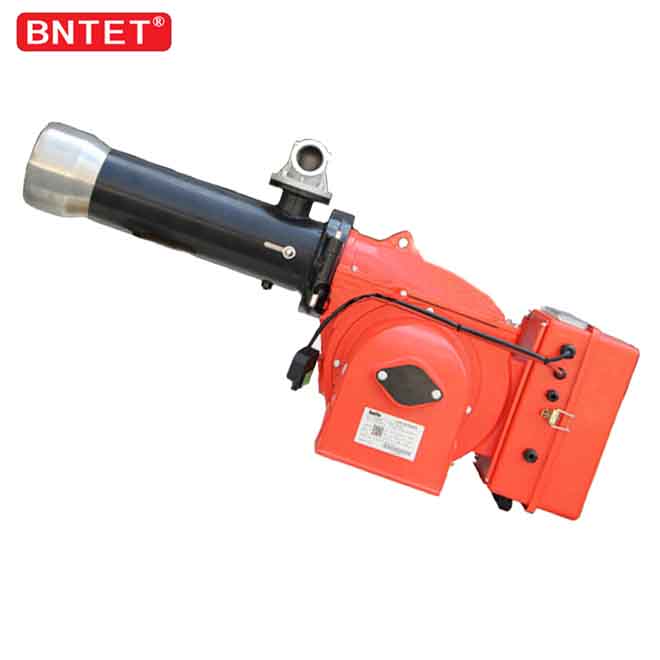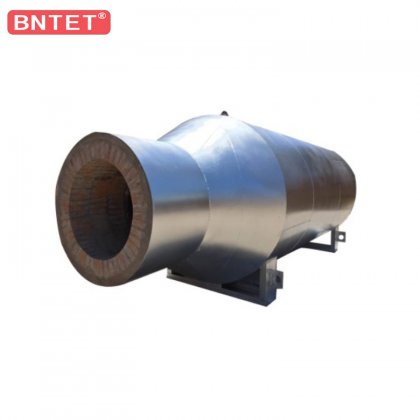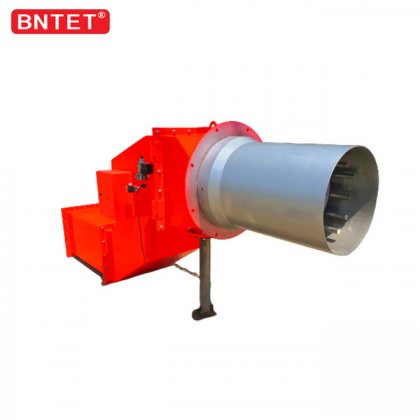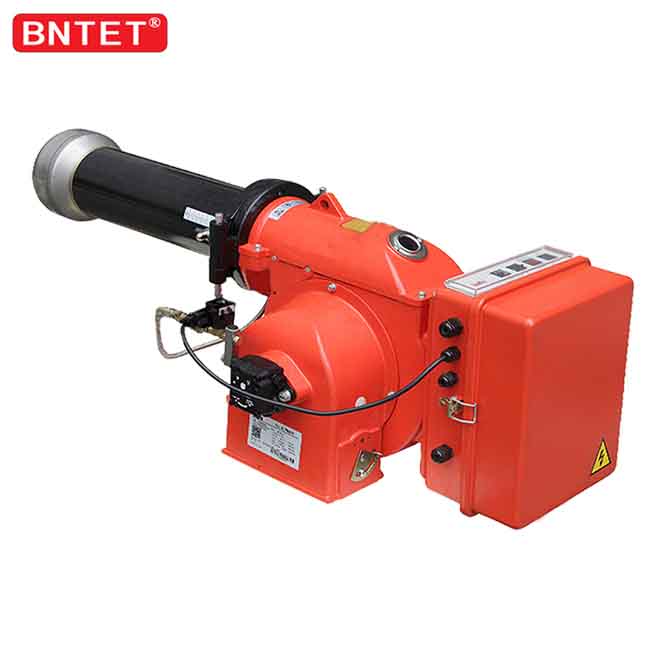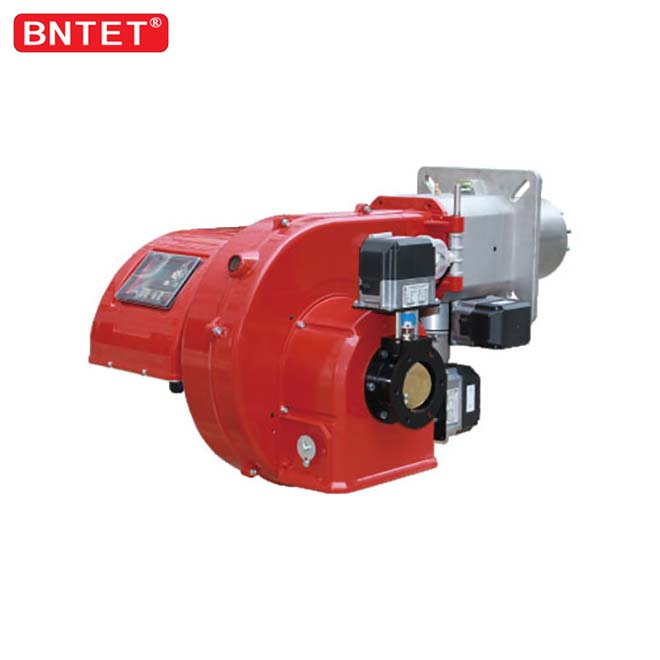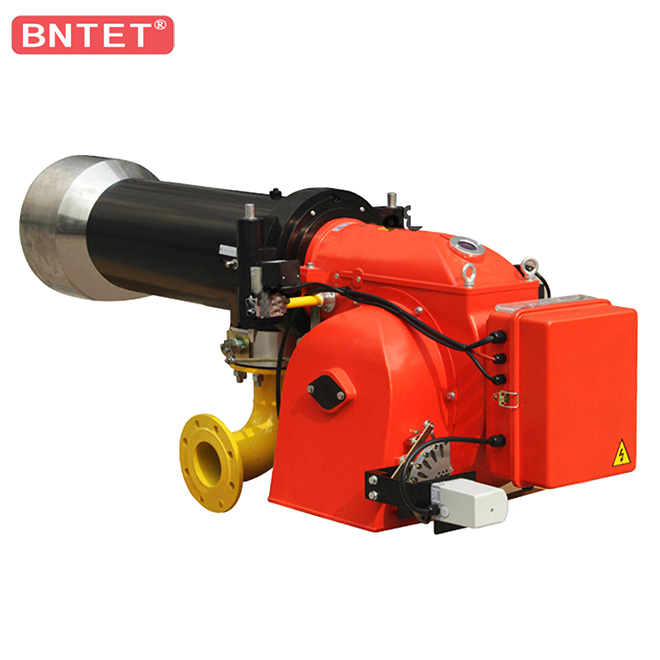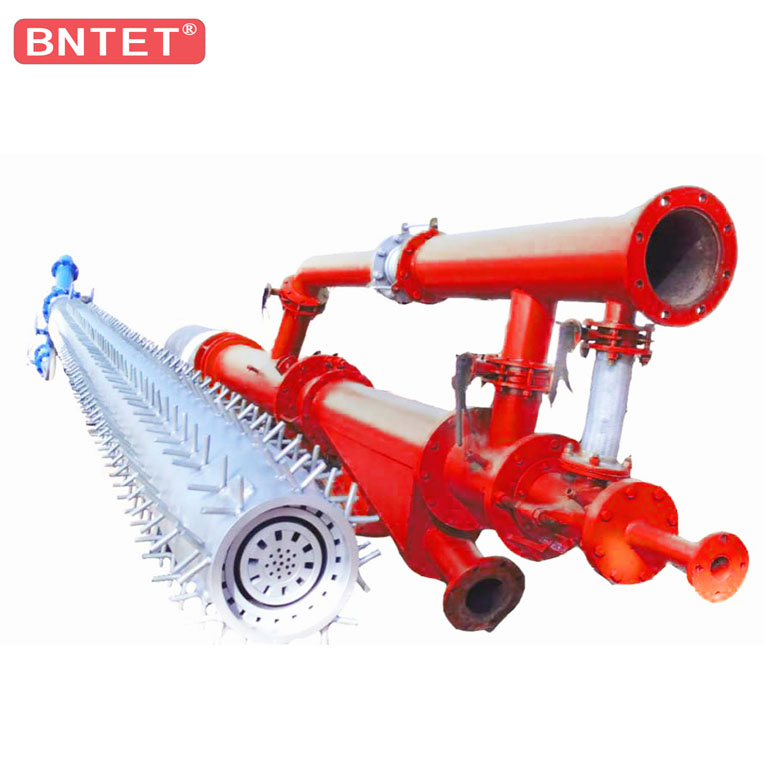How does each part of the oil gas biomass pellets burner work?

Burner fuel
The main fuel types used by the burner: Fuel oil: light oil (including diesel and kerosene only), heavy oil, residual oil, etc. Solid fuels: biomass pellets, sawdust, wood chips, wood flour, etc. Gas: natural gas, artificial gas, liquefied petroleum gas, gas (coalbed methane), biogas, methanol and other six categories. In the meantime, the composition and calorific value of artificial gas, such as city gas, methane gas and biogas, are quite different due to the materials and generation methods.
How does each accessory of the burner work? The accessory of the burner is an important part of the burner. Let's take a look at the operation process of the burner of the burner.
1. Check the boiler liquid level, temperature or pressure.
2. Check the gas pressure, wind pressure and residual fire of the burner manufacturer. When the fuel is diesel, check the fuel tank storage capacity. Whether the oil pipe and oil pump have been filled with oil.
3. Gas valve group leak detection stage: check whether the gas valve is airtight.
4. Purge stage before pre-blast: the air door is fully opened to purge the furnace to eliminate the residual gas in the furnace, and to supply oxygen to the open hall to facilitate the combustion process.
5. Wind pressure detection: to ensure normal operation of the blower.
6. Combustion stage: The air door of the burner accessories is closed to the combustion position, and the combustion transformer and combustion valve are opened to implement automatic combustion.
7. Acknowledge that the burning flame is established.
8. Open the damper to the main fire position and open the main gas valve to establish the main flame.
9. Close the combustion valve and acknowledge that the main flame is established.
10. According to the temperature or pressure control surface, implement large and small fire changes or proportionally adjust the flame size.
During the entire operation process, monitor the boiler liquid level, temperature or pressure, gas pressure, wind pressure, and flame, close the burner and gas valve abnormally and give an alarm.
What are the factors to determine the heating capacity of the burner Do you know that the heating capacity of the burner depends on the strength of the flame, the surface area of the furnace tube and the total heat transfer coefficient. Even if I don’t know, I haven’t contacted, now you know right away
First of all, we should know the strength of the flame. The stronger the flame, the higher the furnace temperature, the greater the temperature difference between the furnace and the oil flow, and the greater the heat transfer. The strength of the flame can be controlled by controlling the nozzle;
The heating function is related to the surface area of the furnace tube. The larger the area of the furnace tube touched by the flame and the flue gas, the more heat transfer;
Other total heat transfer coefficients are very important. The better the total heat transfer coefficient of the furnace tube, the more reasonable the furnace structure and the more heat transfer.
In actual application, poor flame combustion and coking of the furnace tube will affect the heating capacity of the burner. Therefore, it is necessary to control the burner to make it completely burn, and to avoid part of the furnace tube temperature is too high and coking.
